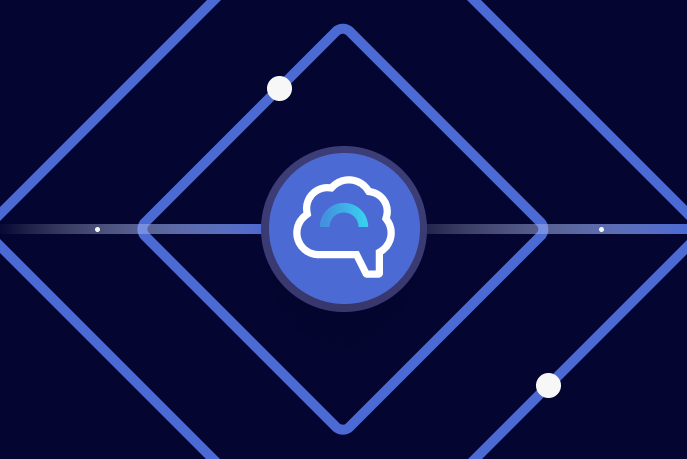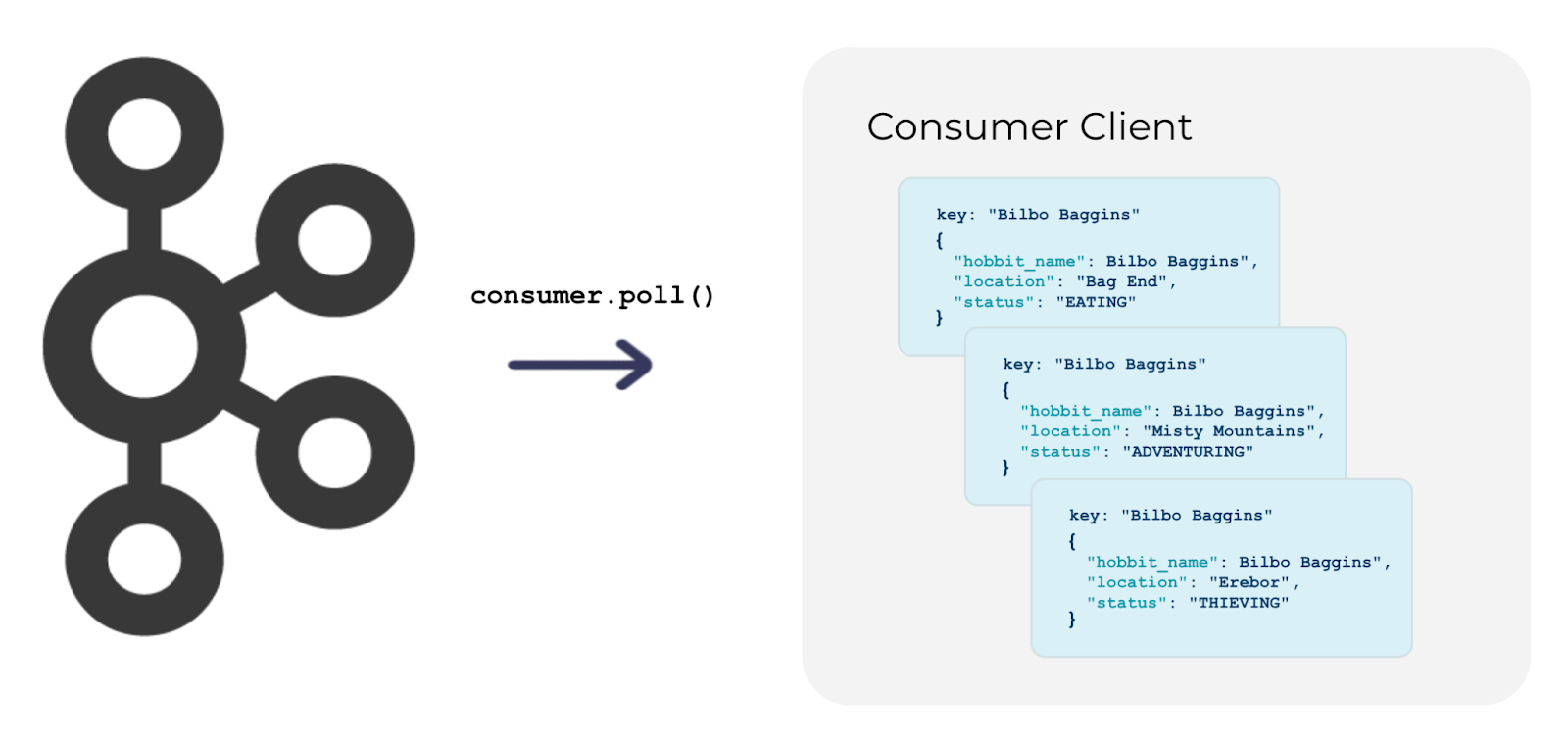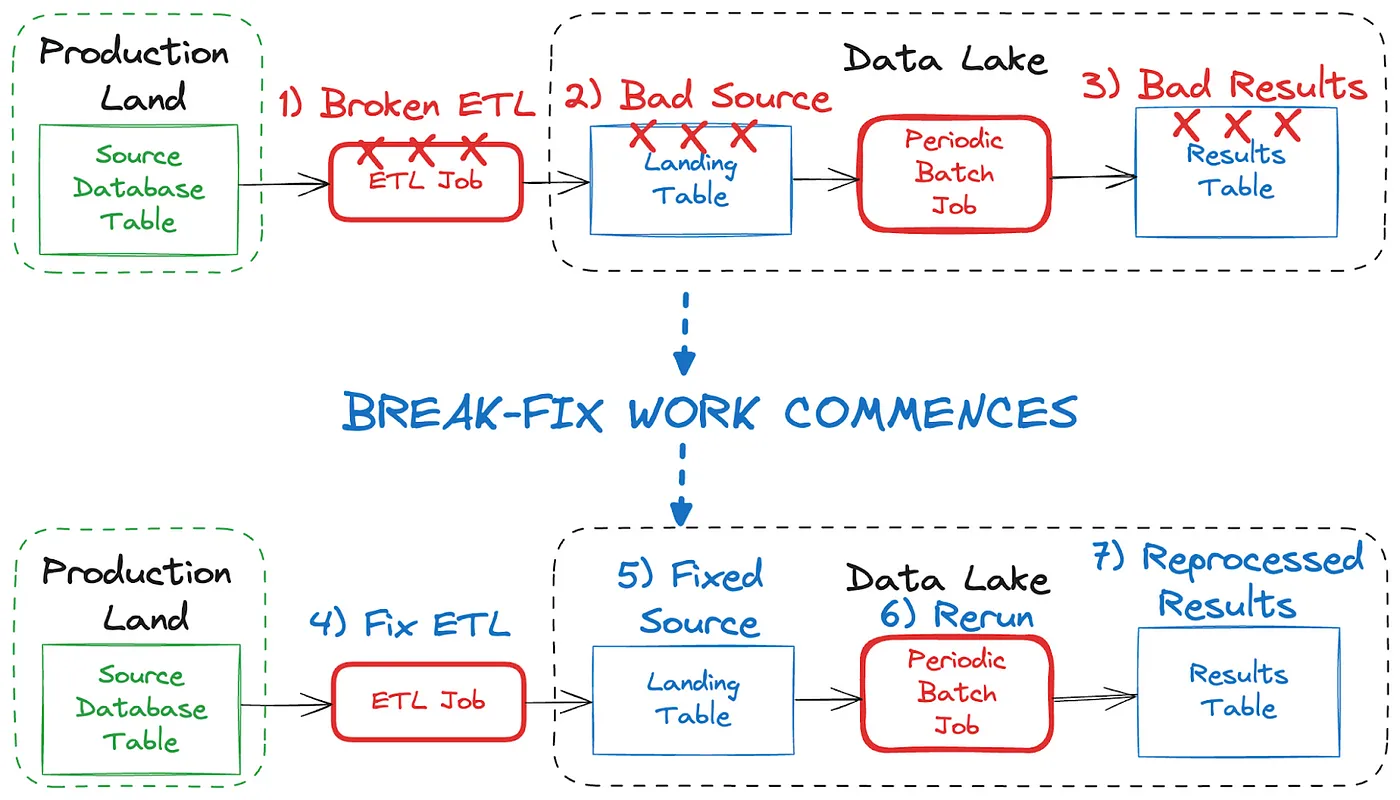It’s Here! Confluent’s 2026 Data + AI Predictions Report | Download Now
Technology
Data Products, Data Contracts, and Change Data Capture
Change data capture is a popular method to connect database tables to data streams, but it comes with drawbacks. The next evolution of the CDC pattern, first-class data products, provide resilient pipelines that support both real-time and batch processing while isolating upstream systems...
Unlock Cost Savings with Freight Clusters–Now in General Availability
Confluent Cloud Freight clusters are now Generally Available on AWS. In this blog, learn how Freight clusters can save you up to 90% at GBps+ scale.
Unleash Real-Time Agentic AI: Introducing Streaming Agents on Confluent Cloud
Build event-driven agents on Apache Flink® with Streaming Agents on Confluent Cloud—fresh context, MCP tool calling, real-time embeddings, and enterprise governance.
Securely Query Confluent Cloud from Amazon Redshift with mTLS
With both Confluent and Amazon Redshift supporting mTLS, streaming developers and architects are able to take advantage of a native integration that allows Amazon Redshift to query Confluent Cloud topics.
Deep Dive into Handling Consumer Fetch Requests: Kafka Producer and Consumer Internals, Part 4
Dive into the inner workings of brokers as they serve data up to a consumer.
CDC and Data Streaming: Capture Database Changes in Real Time with Debezium PostgreSQL Connector
Since its inception, change data capture (CDC) technology has significantly evolved, transitioning from a tool primarily used for database replication and migration to a cornerstone of real-time streaming. Its pivotal role in modern data architectures enables businesses to harness real-time data...
Introducing Apache Kafka® 3.9
We are proud to announce the release of Apache Kafka 3.9.0. This is a major release, the final one in the 3.x line. This will also be the final major release to feature the deprecated Apache ZooKeeper® mode. Starting in 4.0 and later, Kafka will always run without ZooKeeper.
Shift Left: Headless Data Architecture, Part 2
Building a headless data architecture requires us to identify the work we’re already doing deep inside our data analytics plane, and shift it to the left. Learn the specifics in this blog.
Announcing the Confluent for Startups AI Accelerator Program: Empowering the First Generation of Real-Time AI Startups
The Confluent for Startups AI Accelerator Program is a 10-week virtual initiative designed to support early-stage AI startups building real-time, data-driven applications. Participants will gain early access to Confluent’s cutting-edge technology, one-on-one mentorship, marketing exposure, and...
Shift Left: Headless Data Architecture, Part 1
A headless data architecture means no longer having to coordinate multiple copies of data, and being free to use whatever processing or query engine is most suitable for the job. This blog details how it works.
Preparing the Consumer Fetch: Kafka Producer and Consumer Internals, Part 3
In this third installment of a blog series examining Kafka Producer and Consumer Internals, we switch our attention to Kafka consumer clients, examining how consumers interact with brokers, coordinate their partitions, and send requests to read data from Kafka topics.
Confluent Cloud Is Now 100% KRaft and You Should Be Too
Confluent has helped thousands migrate to KRaft, Kafka’s new consensus protocol that replaces ZooKeeper for metadata management. Kafka users can migrate to KRaft quickly and with ease by using automated tools like Confluent for Kubernetes (CFK) and Ansible Playbooks.
Shift Left: Bad Data in Event Streams, Part 2
Event design plays a big role in your ability to fix bad data in your streams. But if you’ve wrecked a stream with bad data (i.e., it’s unavoidably contaminated), you'll need to employ a "rewind, rebuild, and retry" strategy.
Spring Into Confluent Cloud with Kotlin – Part 2: Kafka Streams
In this edition, we’ll have a look at creating Kafka Streams topologies—exploring the dependency injection and design principles with Spring Framework, while also highlighting some syntactic sugar of Kotlin that makes for more concise and legible topologies.
Enhancing Security with IAM Roles in Confluent Managed Connectors
This blog post talks about Confluent’s newest enhancement to their fully managed connectors: the ability to assume IAM roles.
Shift Left: Bad Data in Event Streams, Part 1
At a high level, bad data is data that doesn’t conform to what is expected, and it can cause serious issues and outages for all downstream data users. This blog looks at how bad data may come to be, and how we can deal with it when it comes to event streams.














